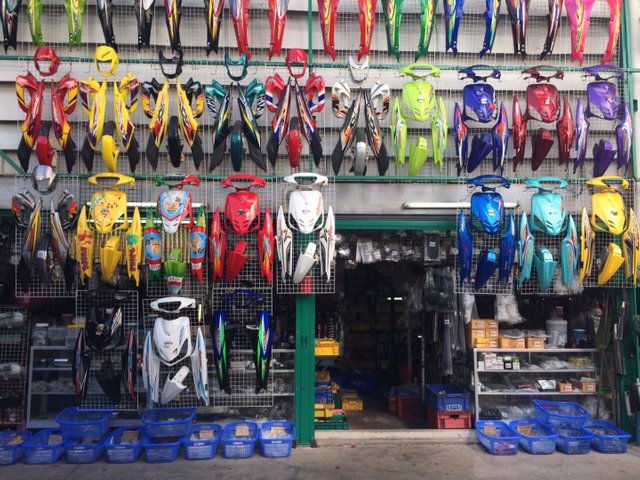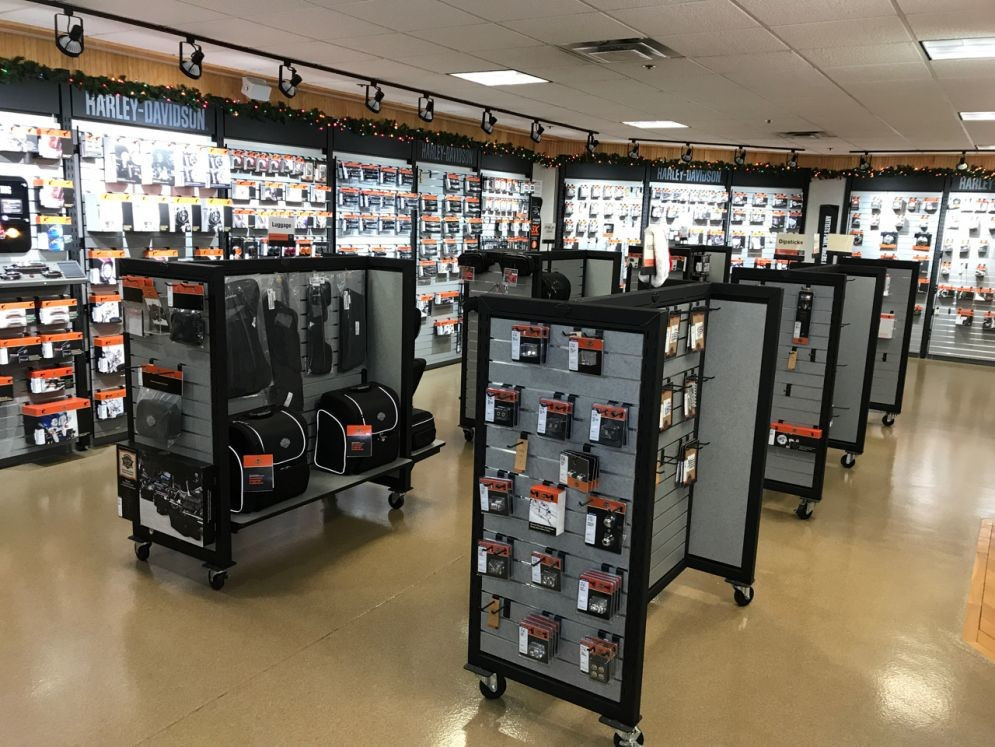Shop the Best MX Parts NZ for Your High-Performance Bike
Shop the Best MX Parts NZ for Your High-Performance Bike
Blog Article
Recognizing the Crucial Parts of a Motorcycle: A Comprehensive Guide for Fanatics
For motorcycle lovers looking to boost their riding experience and ensure their bikes run smoothly, understanding the essential components of a motorcycle is extremely important. Each element, from the engine's detailed workings to the crucial duty of the braking mechanisms, not only influences performance yet additionally security and comfort. This overview will certainly go through the basic components that every biker need to know with, making it possible for educated selections in both maintenance and prospective upgrades. As we start this exploration, one must ask: how does each element interact to develop the smooth adventure every enthusiast seeks?
Engine Components

The camshaft plays a critical function in managing the timing of the engine's shutoffs, guaranteeing the exact opening and closing essential for efficient fuel and air intake, in addition to exhaust expulsion. This timing is important to preserving optimum engine efficiency and efficiency. In addition, the carburetor or fuel injection system, depending upon the motorbike model, is accountable for blending air with fuel in the proper proportion for burning.
The cooling system, either air or liquid-based, works to preserve the engine's temperature level within operational limitations, preventing overheating and making sure longevity - motocross gear. Each component, meticulously made and incorporated, adds to the smooth procedure of the engine, defining the motorbike's power output and total performance
Transmission System
Indispensable to the motorcycle's functionality, the transmission system makes certain reliable power transfer from the engine to the wheels. This system comprises a number of vital elements, including the clutch, transmission, and final drive, each playing a crucial function in equating the engine's power right into movement. The clutch, usually operated by a hand bar, offers to involve and disengage the engine from the transmission, permitting for smooth equipment changes and regulated acceleration.
The gearbox, usually referred to as the transmission proper, consists of a collection of gears that cyclists can manually change through to adjust the bike's speed and torque result. These equipments are set up in a series that makes it possible for the motorbike to speed up smoothly and maintain optimum engine performance across different rates. The majority of motorbikes make use of a consecutive gearbox, needing the motorcyclist to change equipments in an established order.
Braking Devices
While understanding the transmission system is key to utilizing a motorbike's power, equally crucial is the capacity to control and stop that power properly, which is where stopping mechanisms enter play. Brakes are critical for safety and security and efficiency, providing the motorcyclist with the essential control to browse numerous surfaces and problems. Typically, motorcycles include 2 types of winter motorcycle cover stopping systems: disc brakes and drum brakes.
Disc brakes are a lot more prevalent in modern-day motorcycles due to their premium performance. They include a brake disc, caliper, and pads. When turned on, the caliper squeezes the brake pads versus the spinning disc, transforming kinetic energy right into warm, therefore reducing the wheel. This system uses much better heat dissipation, constant performance, and boosted quiting power, specifically in damp problems.
Conversely, drum brakes, though less typical, are still discovered in some motorcycles. They work by pressing brake shoes against the internal surface area of a drum connected to the wheel. While generally much less reliable in warmth dissipation and quiting power, drum brakes are simpler and much more affordable.
Recognizing these braking systems' subtleties allows motorcyclists to keep their motorcycles properly and value the engineering that makes sure secure and effective quiting.
Suspension and Steering
Suspension and steering systems are crucial parts that significantly influence a motorcycle's handling and trip convenience. The shock absorber, containing forks at the front and shock absorbers at the back, soaks up roadway abnormalities, boosting security and control. Front forks, inverted or typically telescopic, compress and rebound to mitigate impacts, while back shock absorbers keep tire call with the roadway, important for traction and safety.
Steering, focused around the handlebars, connects the rider to the motorcycle's directional control. The steering head bearings ensure smooth procedure, permitting exact ability to move. Appropriate alignment and upkeep of these bearings are crucial for foreseeable guiding action and decreasing biker fatigue.
The suspension's adjustability is an additional essential facet; preload, damping, and rebound setups enable personalization to fit different riding designs and problems. This adaptability is essential for maximizing performance, whether navigating city streets or taking on tough trails. Innovations like digital shock absorber provide real-time modifications, enhancing ride quality throughout varied surfaces.

Electric Systems
After guaranteeing a smooth and regulated ride through reliable suspension and guiding systems, interest turns to the electric systems, a crucial element of contemporary motorcycles. These systems play a vital role not only in starting the engine yet also in powering various parts that improve the functionality and security of the motorcycle.
At the heart of a motorcycle's electric system is the battery, which stores electric energy needed for beginning the engine and powering supporting systems - mx parts nz. The generator or generator, paired with the rectifier-regulator, guarantees the battery stays billed while the bike functions, converting power right into electrical energy and preserving voltage degrees
The ignition system, one more essential element, is in charge of igniting the air-fuel mix in the engine's cylinders. Modern motorbikes usually utilize an electronic ignition system, providing higher effectiveness and dependability contrasted to traditional systems.
Lighting systems, including headlights, tail lights, and signs, are additionally important, guaranteeing presence and safety and security for the biker. Extra digital components such as sensors, control systems, and shows add to innovative attributes like fuel injection management, anti-lock braking systems (ABDOMINAL), and digital control panels, additionally boosting the riding experience.
Conclusion
A complete understanding of a click here now motorbike's crucial parts, consisting of the engine, transmission system, braking mechanisms, suspension, guiding, and electric systems, is indispensable for enthusiasts intending to maximize safety and security, efficiency, and comfort. Proficiency of these elements enables informed choices relating visit site to maintenance and upgrades, ultimately boosting the riding experience. By integrating this expertise, motorcyclists can ensure their motorbikes operate at peak effectiveness and reliability, therefore optimizing both pleasure and long life of their automobiles.
For motorcycle lovers looking to boost their riding experience and guarantee their bikes run smoothly, recognizing the vital elements of a bike is vital.Essential to the motorcycle's performance, the transmission system makes sure effective power transfer from the engine to the wheels.While comprehending the transmission system is essential to harnessing a motorbike's power, similarly vital is the capacity to control and stop that power effectively, which is where stopping systems come into play. Generally, bikes include 2 types of braking systems: disc brakes and drum brakes.
A thorough comprehension of a motorbike's necessary parts, consisting of the engine, transmission system, stopping devices, suspension, guiding, and electric systems, is crucial for fanatics aiming to maximize safety and security, efficiency, and convenience.
Report this page